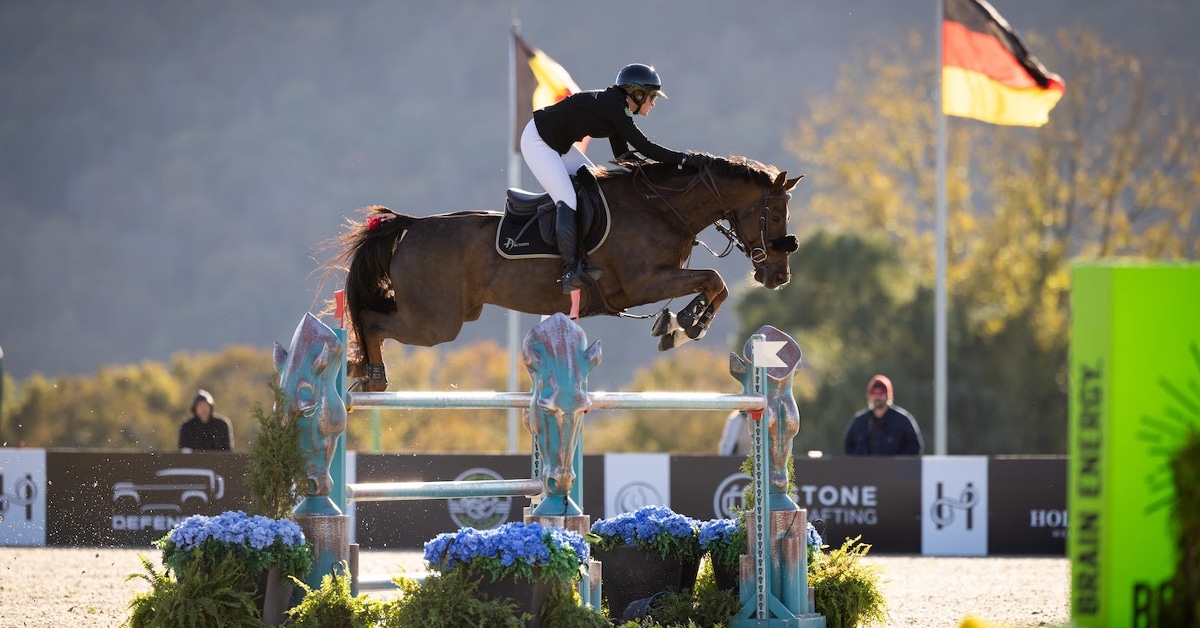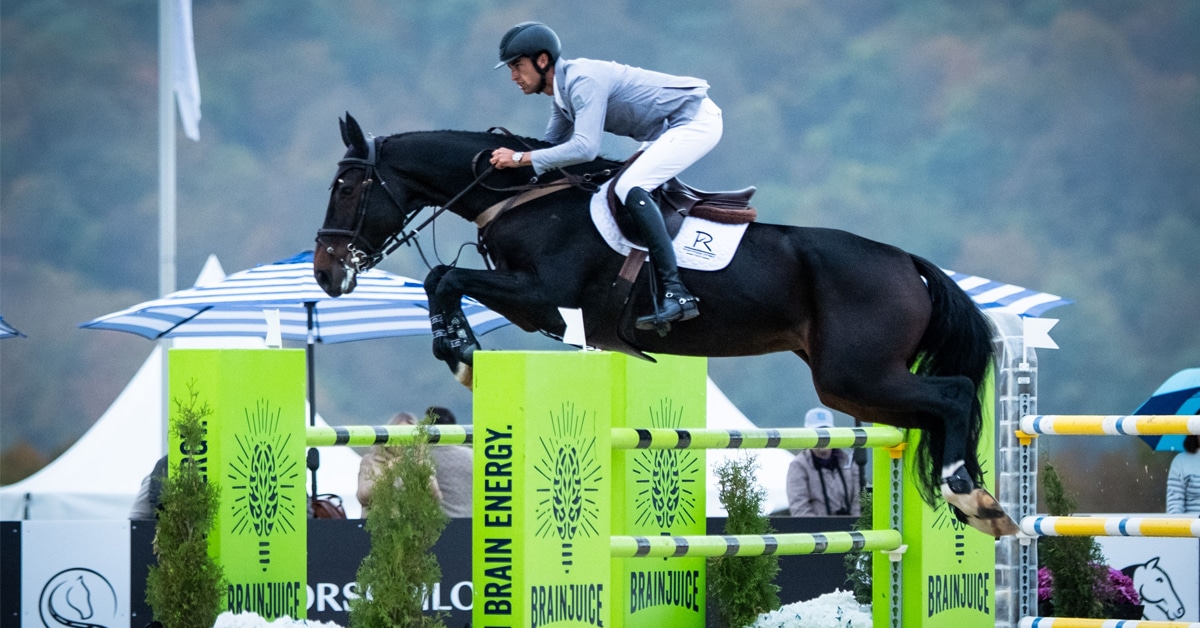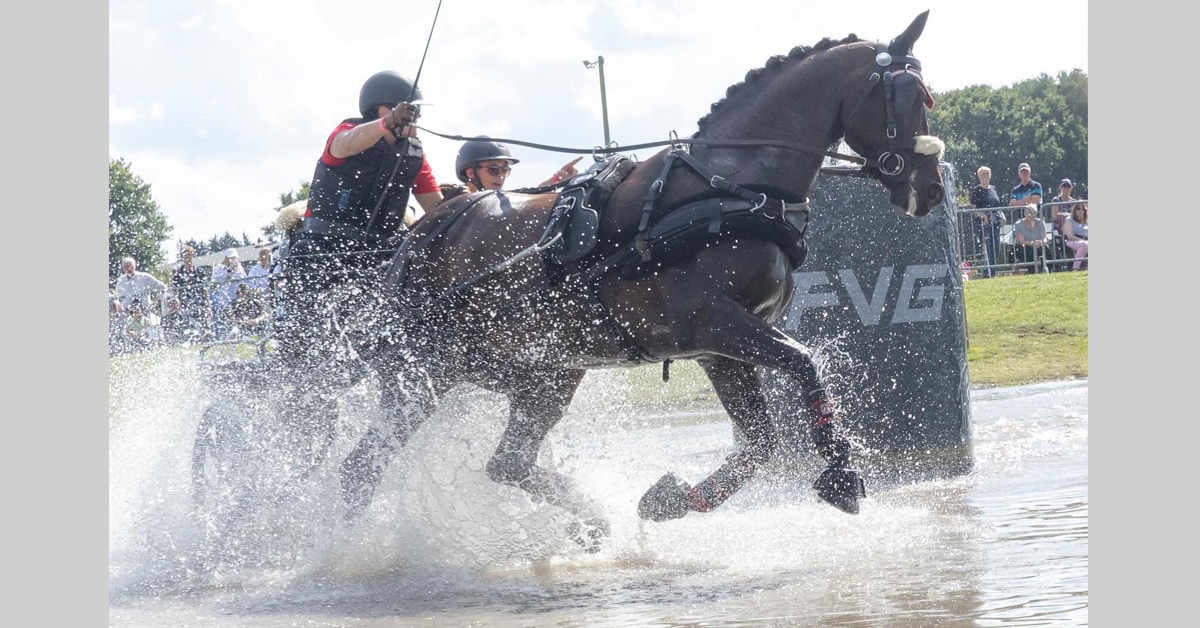The mandatory use of double bridles in FEI Grand Prix dressage is a hot topic for horse welfare campaigners. Double bridles are central to concerns about rollkur, “blue tongues” and tight nosebands.
During the Paris Olympic Games, up to five riders were warned over causing blue tongues, with FEI chief veterinarian Goran Akerstrom telling journalists that double bridles play a role in cutting off oxygen, causing “pain or unnecessary discomfort.”
But unless the mood of the recently announced October 1 dressage crisis meeting encourages to FEI board to use its special powers (see below) dressage rules are not due for full review until spring of 2026, to take effect in 2027.
The annual FEI rule-changing process starts each March when the FEI’s 136 national federations (NFs), stakeholder groups and standing committees make suggestions. Consultation updates appear on this platform.
Draft rules are then approved or rejected at the FEI’s annual General Assembly (GA) in November ‒ the one time big decisions can be made by all FEI member countries.
In November 2018, the GA decided each discipline would review its full rulebook only every four years, instead of annually. In the interim there is provision for “urgent” fixes to clarify inconsistencies, new rules that are problematic, or areas of growing welfare concern.
But unlike the chief vet, the FEI’s dressage technical committee (DTC), regards double bridles as a “sport” matter, not “welfare.” Neither is the mandatory double bridle rule in top level dressage categorised as an inconsistent or new rule. This means that attempts by Sweden and the Netherlands last year and this to introduce a snaffle bridle option have been knocked back.
The DTC (whose members are Maribel Alonso, Monica Theoderescu, Peter Storr, Frederico Pinteus, Yvonne Losos de Muniz and Thomas Eyckmanns) stated, “We understand the concerns regarding the social (media) perception, but on this topic [double bridles], it is our understanding that the perception and reality are not aligned.
“Despite the amount of relevant work carried out until now, conclusive and/or unquestionable evidence has not been brought to the DTC that allow us to reach to a different conclusion. Based on many years of experience, the data currently at hand, and the results achieved, the DTC remains of the opinion that using the double bridle at top sport level is not a welfare issue.”
The final feedback deadline was August 21 ‒ before the stakeholders’ crisis meeting was announced.
In March, the German federation put forward a substantial proposal to limit bits that can be used in jumping. This too is not deemed to meet the “urgent fix” criteria and is deferred to the full jumping review scheduled in 2025.
Other options to fast-track rule changes
Statute gives the FEI board special powers to make emergency rule changes and other strategic decisions without waiting for GA approval. These powers were used extensively during the Covid-19 pandemic.
But there are only a few examples where they have been used for rule modification in normal times. These include reversing the GA’s pro-bute vote in 2009 that was initially swung by countries with only a small number of horses; and the introduction of tougher welfare controls for endurance just before the 2014 World Equestrian Games. NFs can veto such board resolutions retroactively, though never do.
The growing crisis over doping, cheating, fraud and equine deaths in endurance led to considerable re-wording of the existing FEI endurance rule book from 2014. But as welfare concerns persisted, in 2018 the FEI board used the special powers to sideline the standing endurance technical committee and appoint a temporary group including two veterinarians to re-write the rulebook from scratch.
Despite active opposition by UAE, the country at the center of endurance scandals, the new rulebook was approved by a large majority vote at the 2019 GA. However, implementation was immediately disrupted by the pandemic.
Since then, the UAE has disaffiliated a number of former FEI races and run them under their own less strict national rules. This has been popular option in a region where riders are motivated more by big-purse single races than by chasing FEI rankings points and series. This has made monitoring of fatalities and medication control difficult for both the FEI and other observers.
More News









